Retro Replay Review
Gameplay
Final Fantasy I & II: Dawn of Souls refines the classic mechanics of its Famicom predecessors while introducing a suite of quality-of-life improvements. Both titles use the traditional turn-based battle system, but the difficulty has been noticeably reduced to appeal to a broader audience. Random encounters remain frequent, yet the streamlined experience means newer players are less likely to hit a brutal difficulty spike.
The re-release packs in a host of extras that extend playtime beyond the core narratives. In Final Fantasy I, four “Soul of Chaos” dungeons offer high‐level challenges, pitting your party against powerful bosses plucked from later installments of the series. These elemental gauntlets test mastery of your class abilities and encourage creative party composition.
Final Fantasy II’s gameplay benefits from the removal of stat‐down effects—a welcomed tweak that spares characters from crippling status ailments. After beating the main quest, the “Soul of Rebirth” epilogue invites players to revisit the world with beloved characters who sacrificed themselves in the story. Both games also include a comprehensive bestiary that logs every monster fought, their elemental affinities, and drop rates—perfect for completionists and strategists alike.
Graphics
Visually, Dawn of Souls captures the charm of the original 8‐bit art and breathes new life into it on the Game Boy Advance hardware. Sprites are crisp, with enhanced color palettes that make each environment—be it lush forests or foreboding dungeons—pop with personality. Character portraits during dialogue scenes add emotional weight to key moments.
Environmental details benefit from the GBA’s richer tone range, especially in outdoor areas where shadows and highlights feel more natural. Boss sprites in the Soul of Chaos and Soul of Rebirth content are slightly larger and more detailed than their NES counterparts, providing instant visual recognition and a sense of grandeur before the fight even begins.
Menus and HUD elements are cleanly designed, retaining the retro aesthetic while improving readability. Iconography for spells, items, and equipment has been subtly refined, reducing confusion during inventory management. Altogether, Dawn of Souls manages to honor its heritage while showcasing what the handheld’s screen can deliver.
Story
In Final Fantasy I, players embark on a quest to restore balance by collecting four elemental orbs and thwarting the villainous Chaos. The narrative is straightforward yet timeless, with party-driven camaraderie and high stakes. The addition of the Soul of Chaos dungeons doesn’t alter the main plot but deepens the mythos by weaving in boss encounters from future series lore.
Final Fantasy II presents a more character‐centric tale, focusing on Firion, Maria, Guy, and Leo as they resist the tyranny of the Palamecian Empire. Its leveling system—optimized through attribute boosts rather than experience points—remains unique, rewarding varied playstyles. The Soul of Rebirth epilogue fleshes out secondary characters and delivers emotional closure, making it a standout addition for fans who wondered about the fates of certain heroes.
Both stories are supported by refreshed translations that read smoother than the sometimes awkward phrasing of the original localizations. Dialogue flows naturally, and key plot beats retain their dramatic impact. For first‐timers, the combined package offers two distinct JRPG narratives that laid the groundwork for one of gaming’s most enduring franchises.
Overall Experience
Final Fantasy I & II: Dawn of Souls is a must‐have for fans of classic JRPGs and newcomers curious about the series’ origins. The dual‐game format and inclusion of bonus dungeons and epilogues deliver exceptional value, easily accounting for dozens of hours of gameplay—especially if you’re determined to fill out the monster bestiary.
While some modern players may find the random encounter rate and simpler graphics less appealing compared to contemporary titles, the timeless battle mechanics, rich storytelling, and thoughtful additions make this release a worthy journey. The lowered difficulty ensures that even those unfamiliar with old‐school JRPG grinding can progress without undue frustration.
Whether you’re revisiting these adventures or experiencing them for the first time, Dawn of Souls stands as a testament to Final Fantasy’s enduring appeal. Its blend of nostalgia, solid gameplay, and meaningful extras make it one of the definitive re-releases on the Game Boy Advance—and an essential piece of RPG history for any collection.
 Retro Replay Retro Replay gaming reviews, news, emulation, geek stuff and more!
Retro Replay Retro Replay gaming reviews, news, emulation, geek stuff and more!
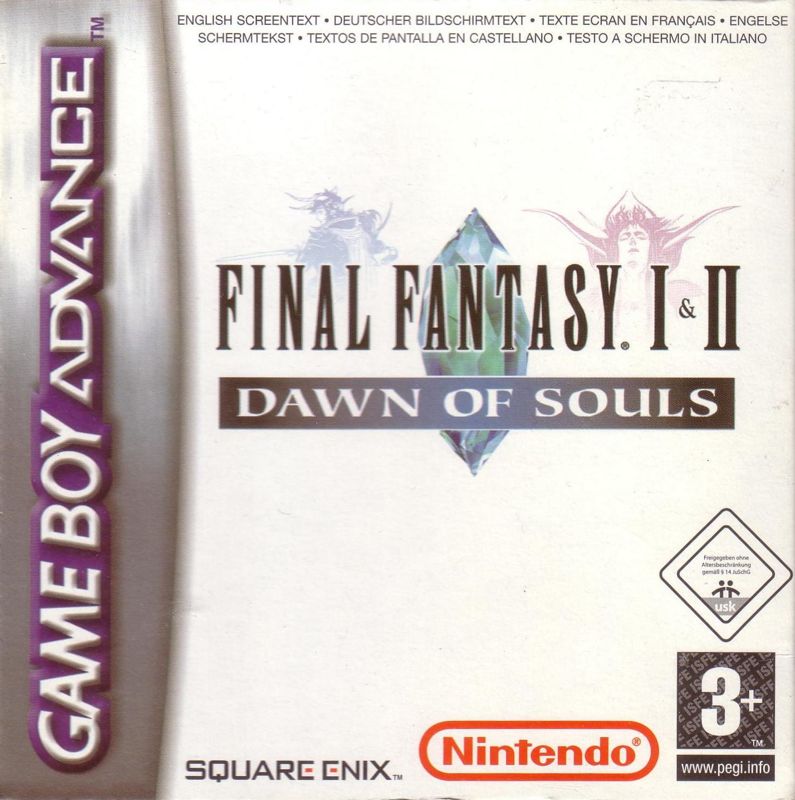
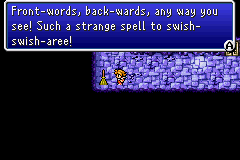
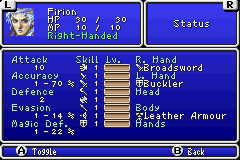
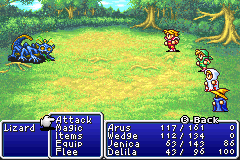

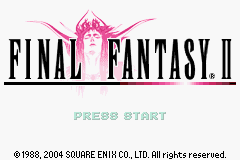
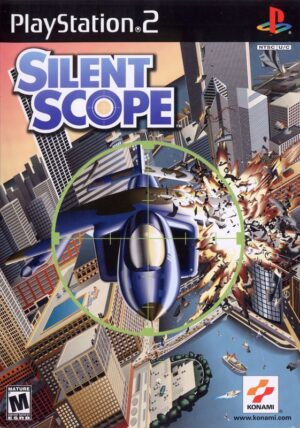


Reviews
There are no reviews yet.